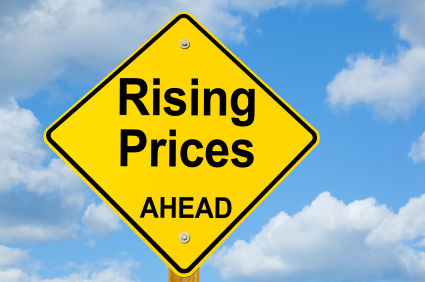Competitive JCPL Electricity Rates Fall in Time for Summer
After a year of sub-par prices, competitive New Jersey electricity suppliers have lowered their rate offers in the JCPL service area. Several electricity companies have focused their attention to JCPL residential customers who are on the default utility rate service and customers who are on competitive rate plans that are about to expire. The JCPL basic generation service rate has been fixed since October 1, 2018 and will not change until June 1, 2019. The current price is $0.102258 per KWh, which is substantially higher than the lowest JCPL competitive rates. Even though the default rate will change on June 1, now is as good as time as ever to shop and compare for New Jersey electricity rates in the JCPL area.
Choosing a competitive electricity supplier can benefit consumers at anytime of the year. The key is to find a competitive rate that is lower than the utility default rate which will provide guaranteed savings on the electric bill; a scenario that currently exists for JCPL customers. While historically wholesale energy prices are lower in the fall and spring, the summer and winter months often provide great opportunities for electricity shoppers looking to save money. Competitive electric suppliers already have future weather projections built into their rates so anytime can be a good time to shop and choose the best electric rate.
In addition to prices that are below the basic generation service rate, many New Jersey electricity suppliers are offering green energy rates to JCPL customers. Selecting a green energy plan causes JCPL to purchase the amount of power that you consume during the term of the contract from electricity generation sources that are deemed green or environmentally friendly such as wind, solar, and hydro power. In the past these green energy plans usually cost a premium to the customer. Currently some JCPL supplier are offering the green energy option to their lowest priced rates.
While the JCPL basic generation service rate for the summer of 2019 is currently unknown, it is likely going to be higher than many of the low competitive rate options being offered. The summer JCPL default rate will go into effect on June 1, 2019 and remain in effect through the end of September. The actual price will be announced sometime in early May.


